Scientists create 'tracking' nanoagents to illuminate very small diseased tissues
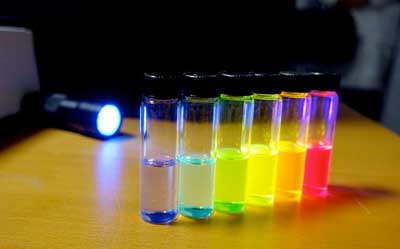 Researchers have created polymer nanoagents that can 'light up' tiny areas of diseased tissues that conventional methods fail to detect.
Researchers have created polymer nanoagents that can 'light up' tiny areas of diseased tissues that conventional methods fail to detect.
Nov 9th, 2017
Read more
 Researchers have created polymer nanoagents that can 'light up' tiny areas of diseased tissues that conventional methods fail to detect.
Researchers have created polymer nanoagents that can 'light up' tiny areas of diseased tissues that conventional methods fail to detect.
Nov 9th, 2017
Read more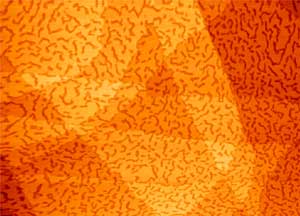 A proposed intercalation-based electrochemical transfer method forms the basis of a novel optimized direct graphene transfer method.
A proposed intercalation-based electrochemical transfer method forms the basis of a novel optimized direct graphene transfer method.
Nov 9th, 2017
Read more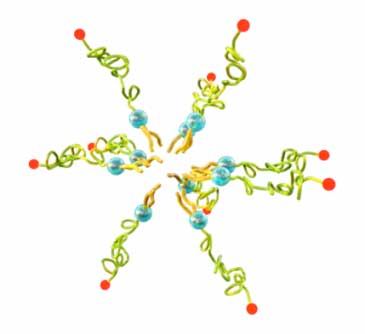 A new review article pays particular attention to and emphasize the platforms in which self-reporting and disease monitoring is possible in real-time through the synergistic nature of the components on the theranostic particles.
A new review article pays particular attention to and emphasize the platforms in which self-reporting and disease monitoring is possible in real-time through the synergistic nature of the components on the theranostic particles.
Nov 9th, 2017
Read more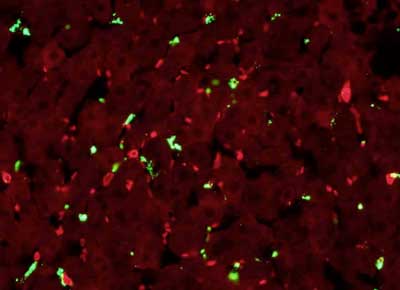 A surprise finding suggests that an injection of nanoparticles may be able to help fight the immune system when it goes haywire. The nanoparticles divert immune cells that cause inflammation away from an injury site.
A surprise finding suggests that an injection of nanoparticles may be able to help fight the immune system when it goes haywire. The nanoparticles divert immune cells that cause inflammation away from an injury site.
Nov 9th, 2017
Read more In vitro study verifies method for remotely triggering release of cancer drugs.
In vitro study verifies method for remotely triggering release of cancer drugs.
Nov 8th, 2017
Read more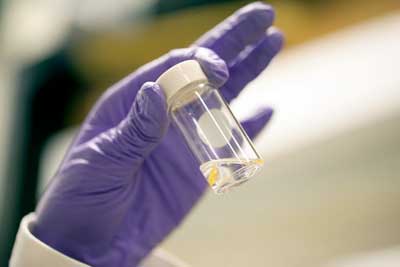 Condensation-based method developed at MIT could create stable nanoscale emulsions.
Condensation-based method developed at MIT could create stable nanoscale emulsions.
Nov 8th, 2017
Read more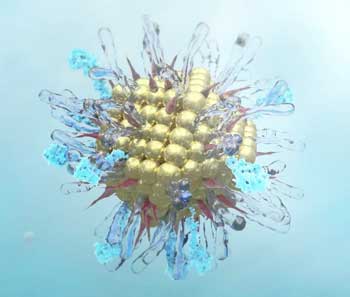 The NANOFACTURING consortium announced that it has made significant progress towards the establishment of a pilot line and the design of a commercial scale manufacturing line for the production of nanopharmaceuticals.
The NANOFACTURING consortium announced that it has made significant progress towards the establishment of a pilot line and the design of a commercial scale manufacturing line for the production of nanopharmaceuticals.
Nov 8th, 2017
Read more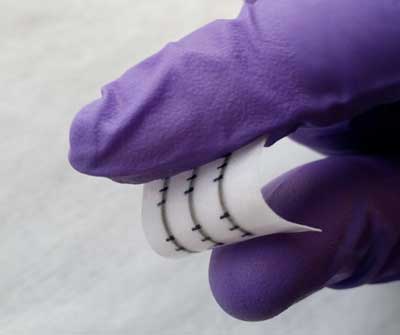 Researchers have successfully incorporated washable, stretchable and breathable electronic circuits into fabric, opening up new possibilities for smart textiles and wearable electronics.
Researchers have successfully incorporated washable, stretchable and breathable electronic circuits into fabric, opening up new possibilities for smart textiles and wearable electronics.
Nov 8th, 2017
Read more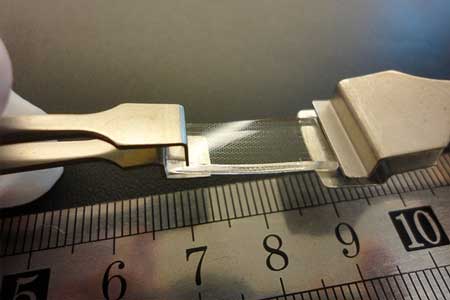 Light-based devices could be used as biomedical sensors or as flexible connectors for electronics.
Light-based devices could be used as biomedical sensors or as flexible connectors for electronics.
Nov 8th, 2017
Read more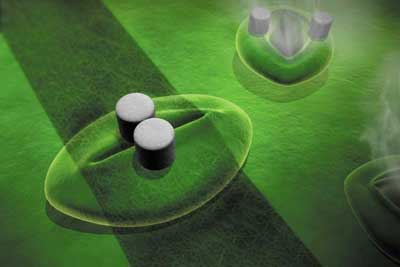 Electronic circuits reveal when a plant begins to experience drought conditions.
Electronic circuits reveal when a plant begins to experience drought conditions.
Nov 8th, 2017
Read more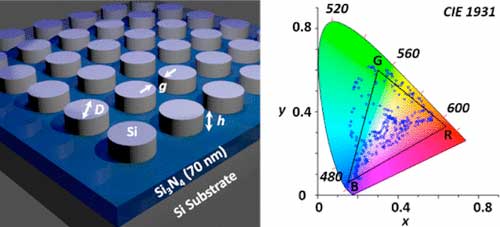 Researchers have found a way to expand the printable color spectrum with a novel nanostructure system.
Researchers have found a way to expand the printable color spectrum with a novel nanostructure system.
Nov 8th, 2017
Read more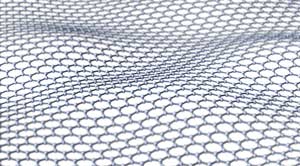 Scientists have fabricated highly miniaturised pressure sensors using graphene membranes which can detect minute changes in pressure with high sensitivity, over a wide range of operating pressures.
Scientists have fabricated highly miniaturised pressure sensors using graphene membranes which can detect minute changes in pressure with high sensitivity, over a wide range of operating pressures.
Nov 8th, 2017
Read more Tomb raiding a dormant theory shows promise for solar storage and biosensing.
Tomb raiding a dormant theory shows promise for solar storage and biosensing.
Nov 8th, 2017
Read more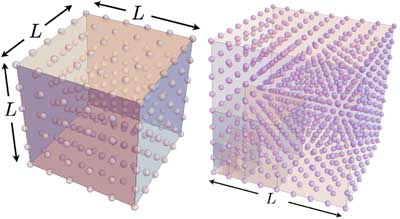 Physicists have come up with a way to link a group of atoms' quantum mechanical properties among themselves far more quickly than is currently possible, potentially providing a tool for highly precise sensing and quantum computer applications.
Physicists have come up with a way to link a group of atoms' quantum mechanical properties among themselves far more quickly than is currently possible, potentially providing a tool for highly precise sensing and quantum computer applications.
Nov 7th, 2017
Read more Scientists aren't normally treated to fireworks when they discover something about the universe. But a team of researchers found a show waiting for them at the atomic level - along with a new form of quantum behavior.
Scientists aren't normally treated to fireworks when they discover something about the universe. But a team of researchers found a show waiting for them at the atomic level - along with a new form of quantum behavior.
Nov 7th, 2017
Read more An interdisciplinary team of researchers has developed a method to identify the molecular structures of natural products that is significantly faster and more accurate than existing methods.
An interdisciplinary team of researchers has developed a method to identify the molecular structures of natural products that is significantly faster and more accurate than existing methods.
Nov 7th, 2017
Read more